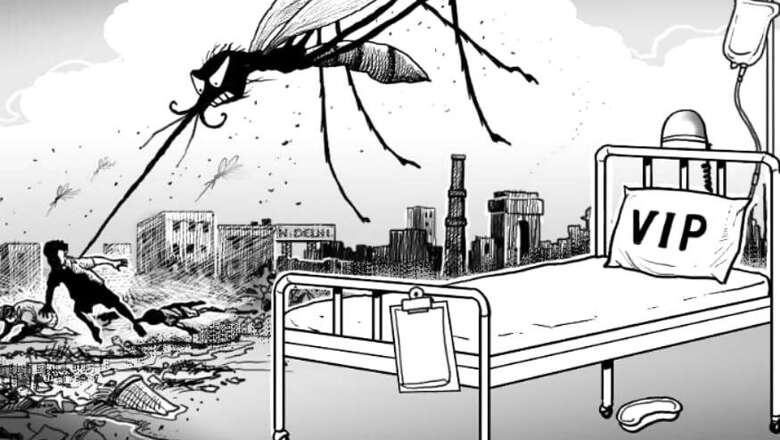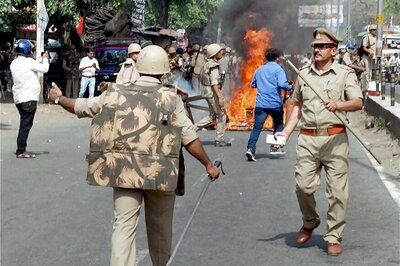
views
Nearly 230,000 cases were registered in the Philippines this year, with over 950 deaths, a United Nations agency revealed on Wednesday, according to a Xinhua report. As stated by a UN Office for the Coordination of Humanitarian Affairs (OCHA) report for the time period of January 1 to August 17, the Department of Health (DOH) of the Philippines recorded a total of 229,736 dengue cases with 958 deaths. Notably, dengue is a mosquito-borne disease found in tropical countries around the world.
The agency mentioned that the DOH recorded 110,970 dengue cases and 582 deaths during the same period in 2018, which shows an upward spike from previous years. The DOH further revealed that children aged five to nine years were the most affected from dengue with a total 52,207 being white males.
Notably, OCHA is the part of the UN Secretariat responsible for bringing together humanitarian actors to ensure a coherent response to emergencies.
The Philippines declared the country's outbreak of dengue to be a national epidemic on August 6, allowing local governments to draw on a special quick response fund.
Of the millions of people infected every year worldwide, the World Health Organization (WHO) says that an estimated 500,000 develop severe symptoms requiring hospitalization, and of those some 12,500 people die.
The symptoms of dengue include joint pain, nausea, vomiting, and a rash. It can also cause breathing problems, hemorrhaging and organ failure in severe cases.
Speaking to Xinhua, Gawrie Galappaththy, a World Health Organization medical officer specializing in vector-borne parasitic diseases said that the number of dengue cases in the Philippines will continue to rise in coming months as intermittent rain continues.
While there is no specific treatment for dengue, early detection and access to proper medical care lower fatality rates.
In fact, severe dengue (previously known as dengue hemorrhagic fever) was first recognized in the 1950s during dengue epidemics in the Philippines and Thailand. However, today the severe form of the mosquito-borne disease affects a number of Asian and Latin American countries and has become a leading cause of death among children and adults in several tropical regions, according to WHO.


















Comments
0 comment